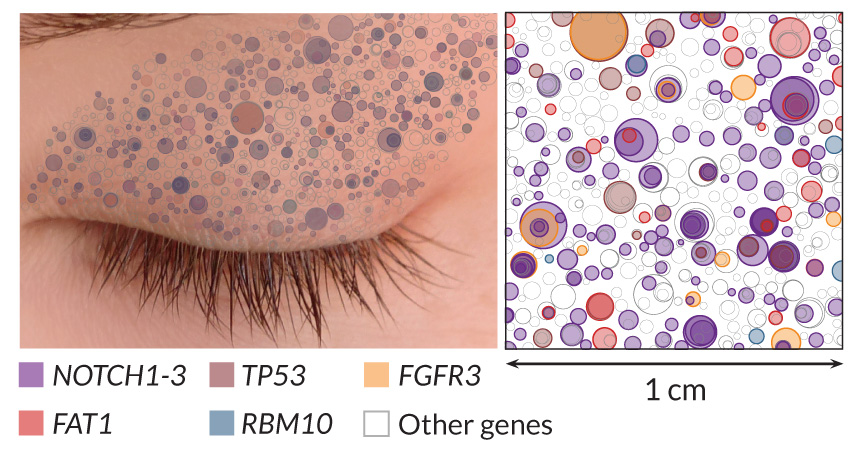Year in review: Cancer genetics grows up
Not all mutations are alike, or problematic

INDIVIDUALITY Genetic analyses of tumors (melanoma cells shown) offer great promise for improving diagnoses and treatment, but new studies show that not all mutations can be treated equally.
Julio C. Valencia/NCI Center for Cancer Research







